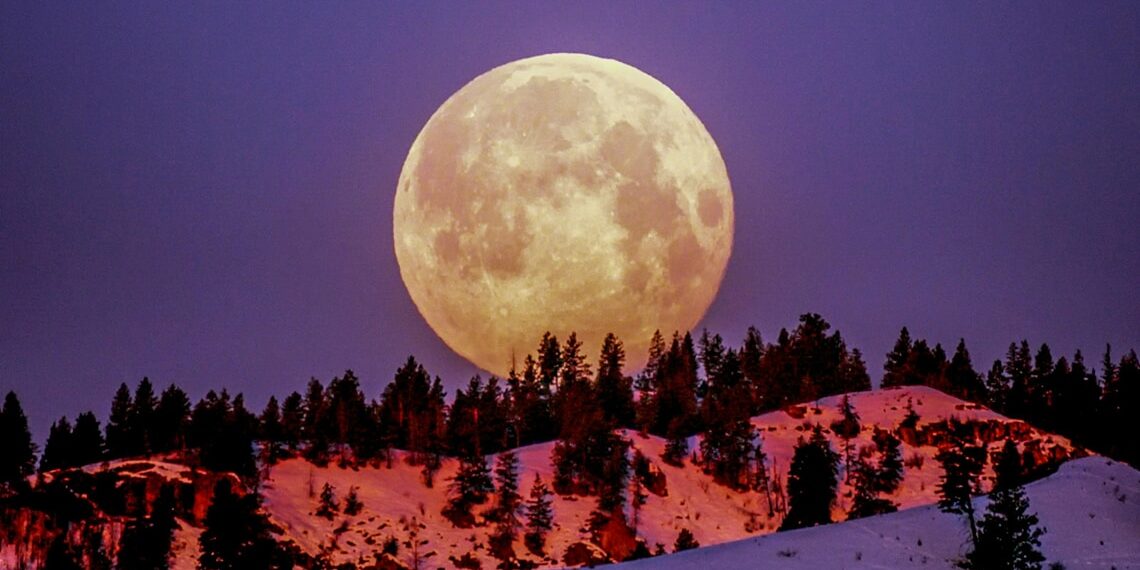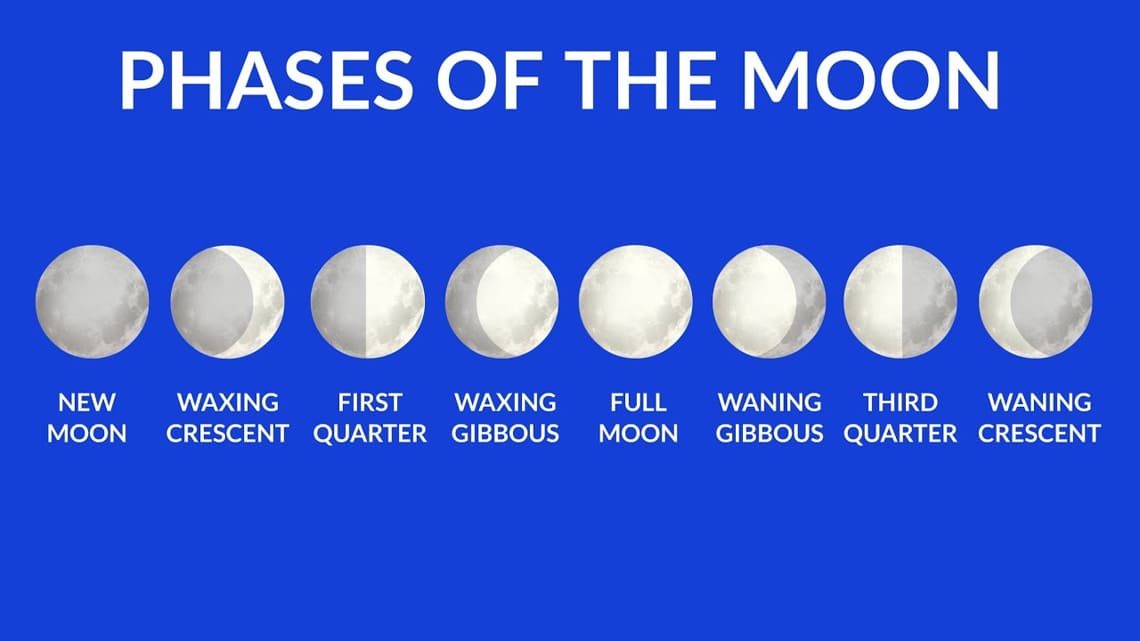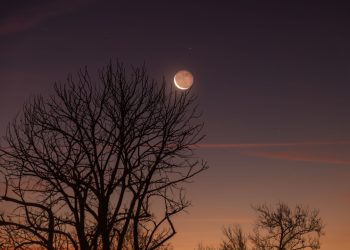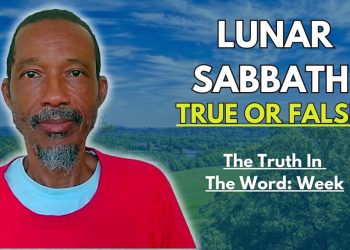PAGE CONTENTS
- 0.1 RelatedPosts
- 0.2 Lunar Sabbath Debunked: Powerful Biblical and Historical Proof That It Is a Fallacy
- 0.3 How The Beaver Proves That Saturday Is Sabbath Day
- 1 IS LUNAR MONTH BIBLICAL?
- 2 WHAT IS A LUNAR MONTH?
- 3 THE SUN AND THE MOON HAVE MONTHS OF DIFFERENT DURATION
- 4 FEASTS/SEASONS (MOED)
- 5 CONCLUSION – IS LUNAR MONTH BIBLICAL?
IS LUNAR MONTH BIBLICAL?
Is lunar month biblical, or is it just another one of our errors as men?
This is a series in which we look at the years, months, weeks, days, seasons and feasts to see which of the luminaries are used to highlight them in the ancient biblical calendar. We break these down so as to show the components of the calendar clearly, so we can judge if there is any error.
We have first looked at the question, “Is a Lunar Year biblical?” Now we looked at the subsequent question, “Is Lunar Month Biblical?”
By the way, I am getting ahead of myself. I should first address the question, what is a lunar month?
WHAT IS A LUNAR MONTH?
A lunar month is the time it takes the Moon to pass through all of the Moon phases, usually measured from one New Moon to the next New Moon.
A lunar month is about 29.5 days and is the time it takes the Moon to pass through all of the Moon phases. The exact length varies because the orbit of the Moon is an elliptical (or oval) shape.
Source: Time and Date.
Some lunar months are 29 days, while some are 30 days, making an average of 29 1/2 days.
WHAT IS A NEW MOON?
New moon refers to the first sliver of the moon after a totally dark moon. The totally dark moon is called new moon, but the next day when the first sliver appears is called new moon day.
Book Of Enoch 78.12 And on the first day it is called the New Moon, for on that, daylight
rises on it.
THE SUN AND THE MOON HAVE MONTHS OF DIFFERENT DURATION
Interestingly, both the sun and the moon have different months! In some months the moon has 29 days and in some months 30. This makes an average of 29 1/2 days per lunar month.
Book Of Enoch 78.15 And for three months, at its proper time, it achieves thirty days, and for three months, it achieves twenty-nine days, during which it completes its waning, in the first period, in the first Gate, 127 days.
Book Of Enoch 78.16 And in the time of it’s rising, for three months, it appears in each month with thirty days. And for three months it appears in each month .with twenty-nine days.
The sun on the other hand, has months lasting from 30 days or 31 days.
Book Of Enoch
72.29 And the Sun returns, and comes to the second Gate in the east, and it returns along those divisions of its journey for thirty mornings, rising and setting.72.30 And on that day the night becomes shorter in length and the night amounts to ten parts and the day to eight parts. 72.31 And on that day, the Sun rises from the second Gate, and sets in the west, and returns to the east, and rises in the third Gate for thirty one mornings, and sets in the west of the sky.
72.32 And on that day the night becomes shorter, and amounts to nine parts, and the day amounts to nine parts, and the night becomes equal with the day. And the year amounts to exactly 364 days.
So far, we have looked at the biblical year, which we showed is ruled by the sun. But what about the months? Sun or moon, which one rules the months?
Well, before we answer that question, we have to look at the seasons or the feasts of YAHUAH.
FEASTS/SEASONS (MOED)
The feasts of YAHUAH are appointed times between he and his people. It is when his people are assembled together to fellowship, worship and hear from him. These are specific times that are heralded in the heavens.
Heralded by who or what?
Does he use the sun or moon to declare his times?
Sir 43:6 He made the moon also to serve in her season for a declaration of times, and a sign of the world.
See that? The moon is used to declare his times.
Why?
The sun faithfully goes through its course every day, rising and setting. It varies only to make the day longer or shorter.
72.33 And the length of the day and the night, and the shortness of the day and the night – they are different because of the journey of the Sun.
72.34 Because of it, its journey becomes daily longer, and nightly shorter.
The moon on the other hand?
Book Of Enoch 74.4 And in certain months, it changes its setting, and in certain months, it follows its own individual course.
So because the moon varies its circuit, the Most High uses it to declare his times.
Sir 43:6 He made the moon also to serve in her season for a declaration of times, and a sign of the world.
Sir 43:7 From the moon is the sign of feasts, a light that decreaseth in her perfection.
THE MOON AND THE MONTH
In the book of Sirach (Ecclesiasticus), it tells us that the month is called by the name of the moon. That is a reminder to us that we must use the moon’s month for keeping the ancient biblical calendar.
Sir 43:8 The month is called after her name, increasing wonderfully in her changing, being an instrument of the armies above, shining in the firmament of heaven;
Of course, it is not the months as shown in the calendar below, which is a Gregorian calendar. On the contrary, the moon’s months varies from this Gregorian calendar that the world uses.
For example, today is the 2nd of October 2024 (on the Gregorian calendar). Tomorrow is new moon day, the 3rd of October, which is the first day of the first month of the year.
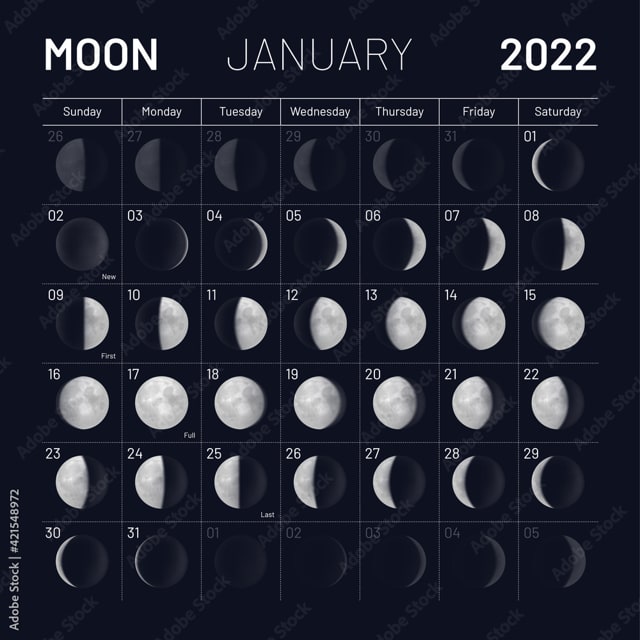
THE APPOINTED TIMES
So the moon is used to show the appointed times. But why? Why the moon and not the sun?
Firstly, we just showed that the month is called by the name of the moon.
Why again?
What does this have to do with the appointed times?
Because the times appointed are based on the month!
Every instruction for the feasts of the Most High (except his seven day sabbath) is determined by a day of the month (not the year). Just go read Leviticus 23. Here is an example.
Lev 23:5 In the fourteenth day of the first month at even is YAHUAH’S passover.
Lev 23:6 And on the fifteenth day of the same month is the feast of unleavened bread unto YAHUAH: seven days ye must eat unleavened bread.
So the month determines the timing of the feasts and the moon shows the month.
SEASONS (MOED)
So here is confirmation that the moon was appointed for the feasts.
Psa 104:19 He appointed the moon for seasons (H4150 moed): the sun knoweth his going down.
So let’s look at the meaning of the word seasons as used above in Psalm 104:19.
H4150
מוֹעָדָה מֹעֵד מוֹעֵד
mô‛êd mô‛êd mô‛âdâh
mo-ade’, mo-ade’, mo-aw-daw’
From H3259; properly an appointment, that is, a fixed time or season; specifically a festival; conventionally a year; by implication, an assembly (as convened for a definite purpose); technically the congregation; by extension, the place of meeting; also a signal (as appointed beforehand): – appointed (sign, time), (place of, solemn) assembly, congregation, (set, solemn) feast, (appointed, due) season, solemn (-ity), synagogue, (set) time (appointed).
Total KJV occurrences: 223
As you can see, all the meanings are pointing to feasts. Hence the moon determines the months so we can have the feasts in order. The moon bears witness by giving signs.
For example, we know that the Passover is on a full moon, the first full moon after the beginning of the biblical year.
CONCLUSION – IS LUNAR MONTH BIBLICAL?
So, in conclusion, is lunar month biblical? The big answer is, yes!
The moon’s month is used, as the moon is used as a sign for the declaration of times and for the sign of feasts. It is a wonderful tool in the hand of the Most High to declare his appointments with his people.
Again, unfortunately, the error we make is to try to make the moon (or the sun for that matter) do everything by itself. So we erroneously not only use the moon for months, but also for days and years, and sabbaths. That is where we go wrong.
The sun, moon and stars (especially the sun and the moon) are like the hands of a clock as they move over the earth. On a time clock, we not only have the hour hand telling the hour and the minutes. No. We have the minute hand that does its part.

Likewise, so it is with the luminaries. Each has their part to play in the keeping of time.
The sun could not be used for signs and for feasts as it rises and shines the same way every day. The moon on the other hand, varies its movements and it is this change that makes it a great sign in the hand of the Most High.
See also:

